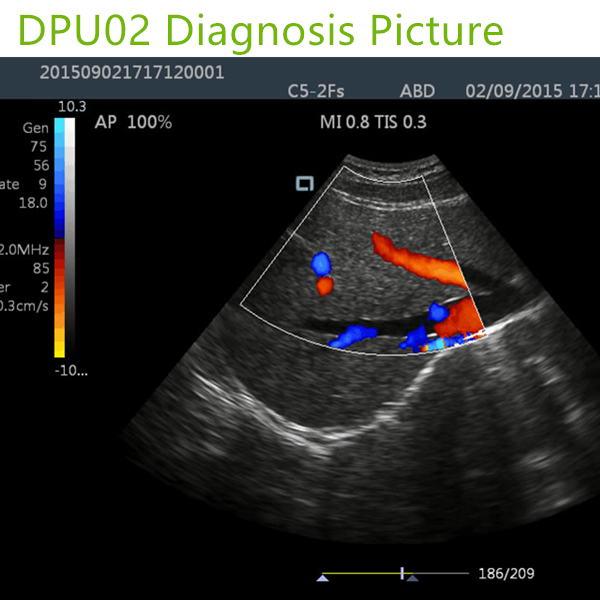

Ultrasound may also be used to assess blood flow to abdominal organs. Ultrasound technology allows quick visualization of the abdominal organs and structures from outside the body. This includes the liver, gallbladder, pancreas, bile ducts, spleen, and abdominal aorta.


Named after Austrian physicist, Christian Andreas Doppler (1803-1853) 4.An abdominal ultrasound is a noninvasive procedure used to assess the organs and structures within the abdomen. Setting a very high color velocity scale would show an apparent absence of flow while setting a very low color velocity scale would show aliasing of the flow signals. Using multiple focal zones would reduce the frame rate, thus single focal zone is preferred for the color Doppler study to improve the frame rate. Increasing the depth of field would slow the frame rate while reducing the depth of field would increase the frame rate. 5Ī high 2D gain setting would suppress the color flow data while a low gain setting will highlight the color Doppler information. There are several general parameters that need to be taken into account to obtain an optimum color flow Doppler scan: types of transducers, location and number of focal zones, depth of field, 2D gain setting, scan orientation, and image zoom, Specific color flow Doppler settings such as color and spectral parameters should also be optimized.

It also allows the generation of unique phenomena such as the fluid color sign or the twinkling artifact and allows the targeting of spectral Doppler for a quantitative assessment of blood flow 2. Depiction of the general velocity and direction of blood flow within the heart and blood vessels is of primary importance in echocardiography and vascular ultrasound respectively. Clinical useĬolor flow Doppler is used frequently in sonography to semiquantitative overall blood flow to a region of interest. The velocity at which flow aliases is further impacted by the transducer used and the depth at which one is insonating flow. When the Nyquist limit is reached, however, aliasing results in apparent flow direction occurring in the opposite direction to actual flow, a limitation shared with pulsed wave Doppler. These colors are user-definable and may be reversed, however this is generally inadvisable as it may confuse later readers of the images. A third color, usually green or yellow, is often used to denote areas of high flow turbulence. Flow that travels away from the transducer (negative Doppler shift) is depicted in blue, and flow that is traveling toward the transducer (positive Doppler shift) is depicted in red, with lighter shades of each color denoting higher velocities. Information regarding the flow velocity and direction is arbitrarily color-coded and rendered onto a grey-scale (or M-mode) image. Pulsed wave Doppler, however, is limited to the interrogation of flow velocity and direction along a single line at a certain depth (defined by the sample volume or gate) Color flow Doppler simultaneously interrogates multiple sample volumes (with each pixel representing a sample volume) along an array of scan lines 1. In a manner similar to pulsed wave Doppler (PWD), color flow Doppler utilizes intermittent sampling of ultrasound waves thereby avoiding the range ambiguity characteristic of continuous wave Doppler (CWD).


 0 kommentar(er)
0 kommentar(er)
